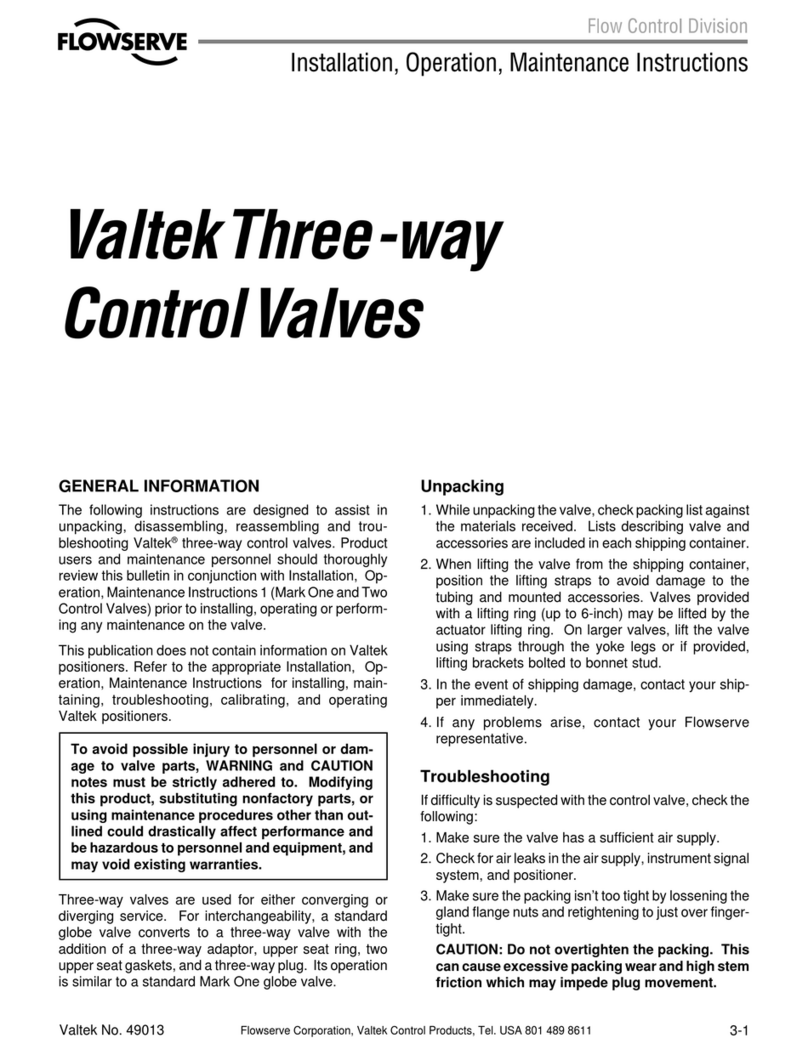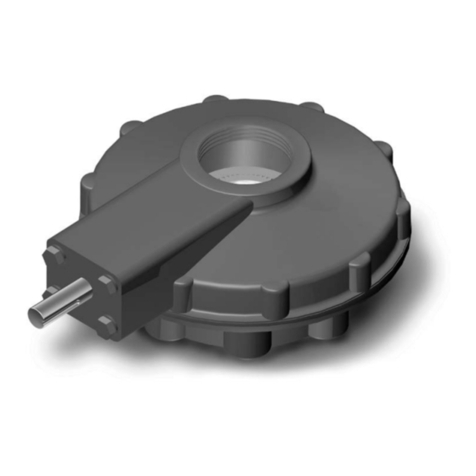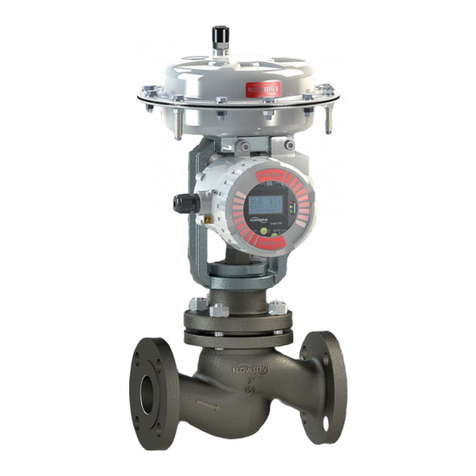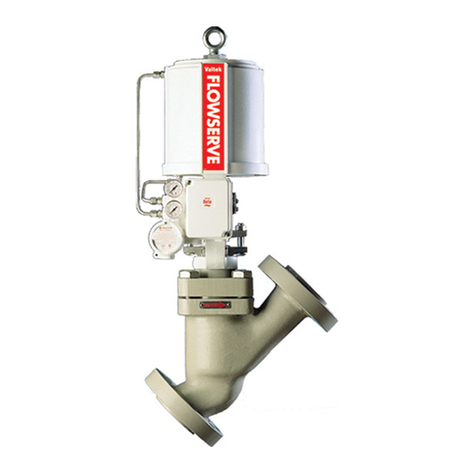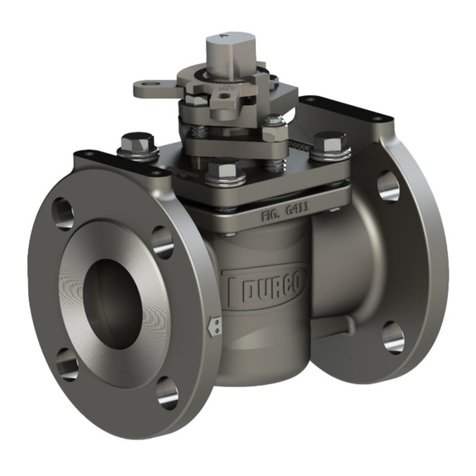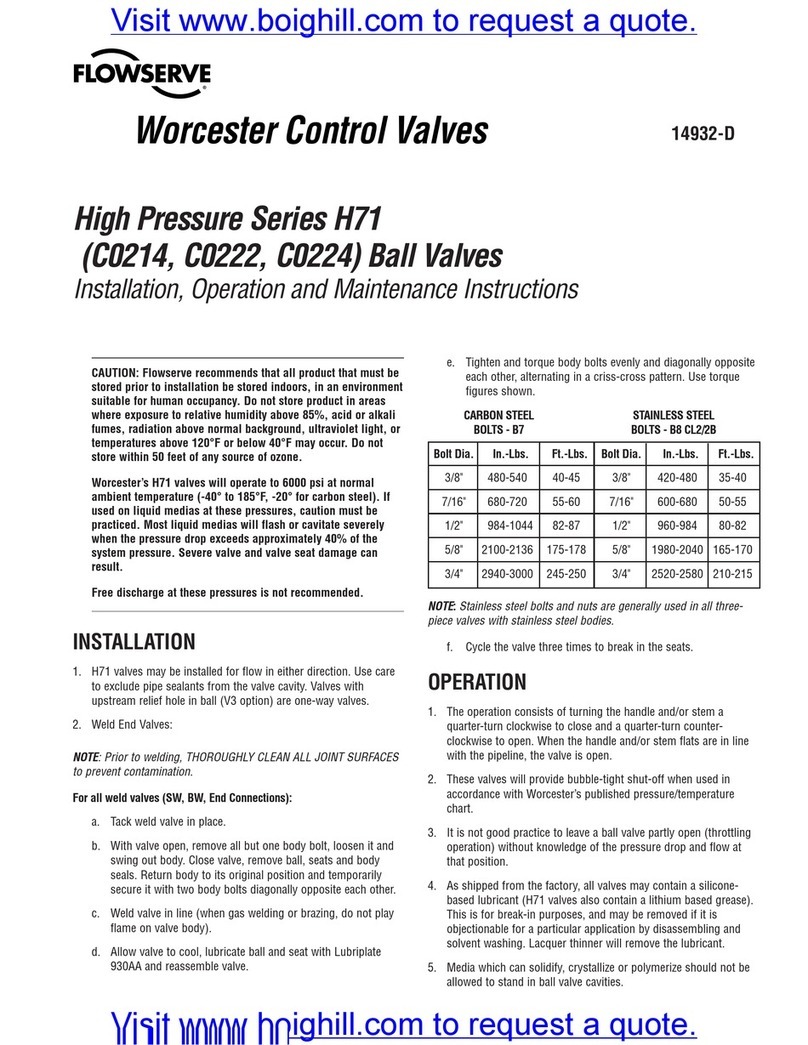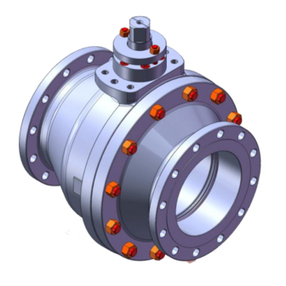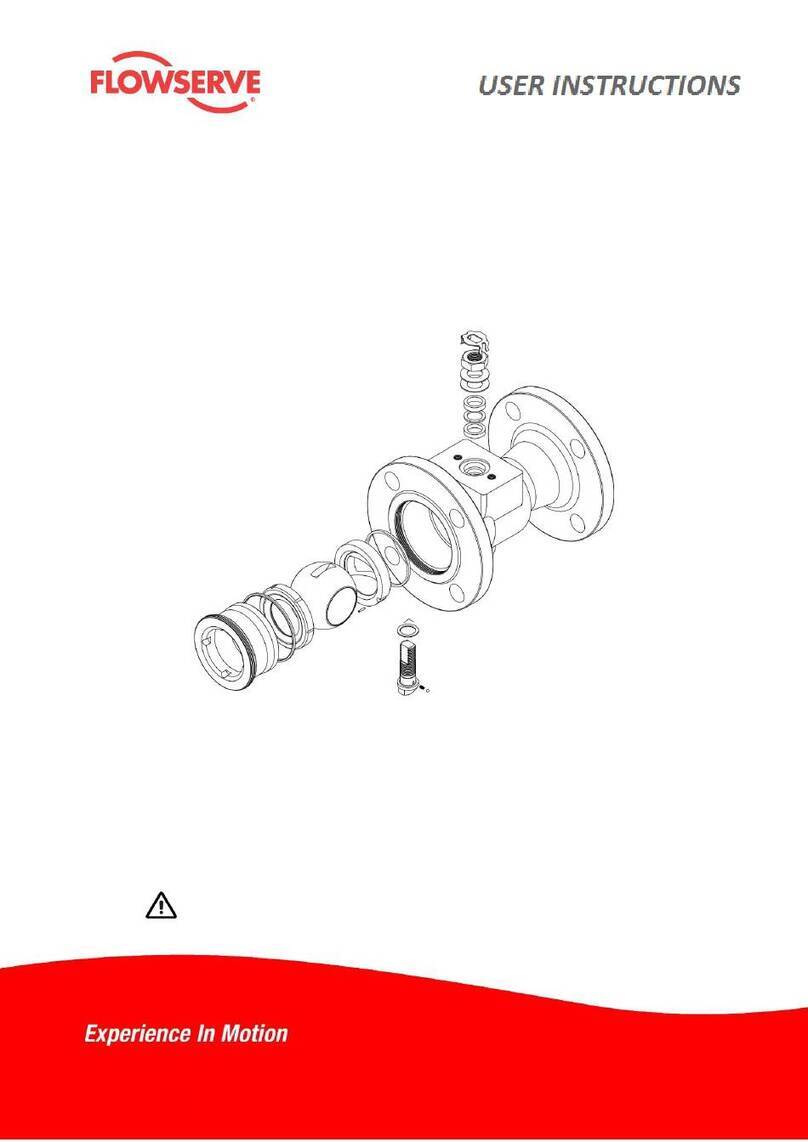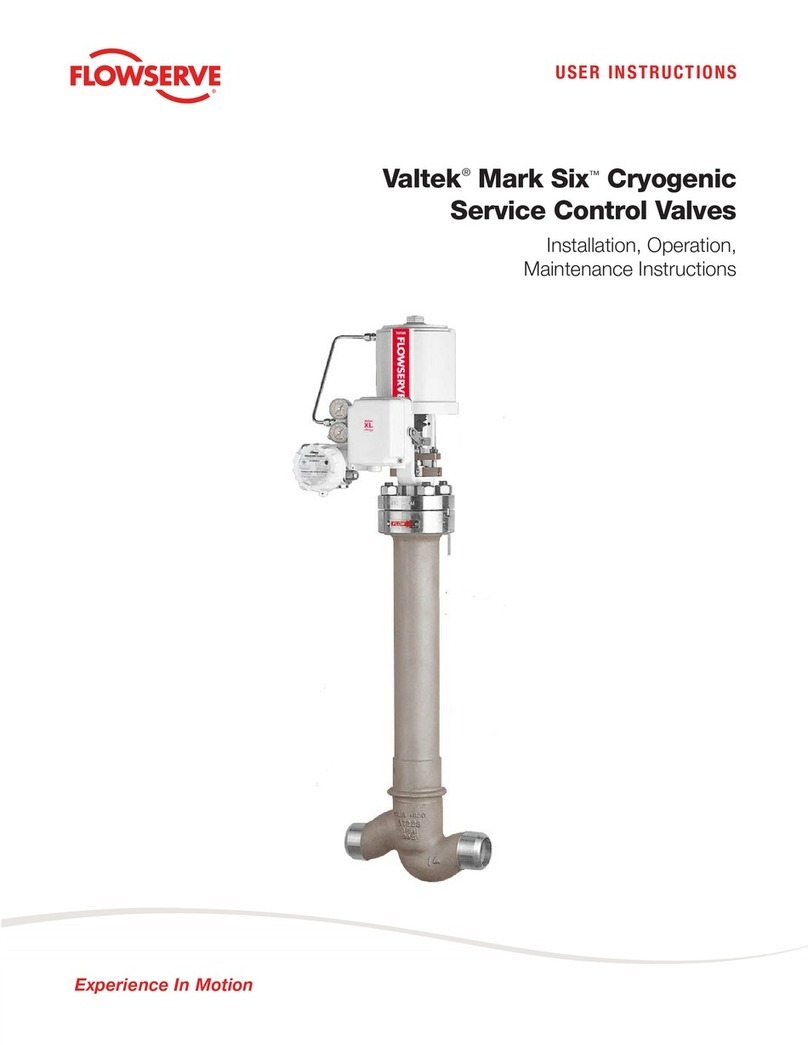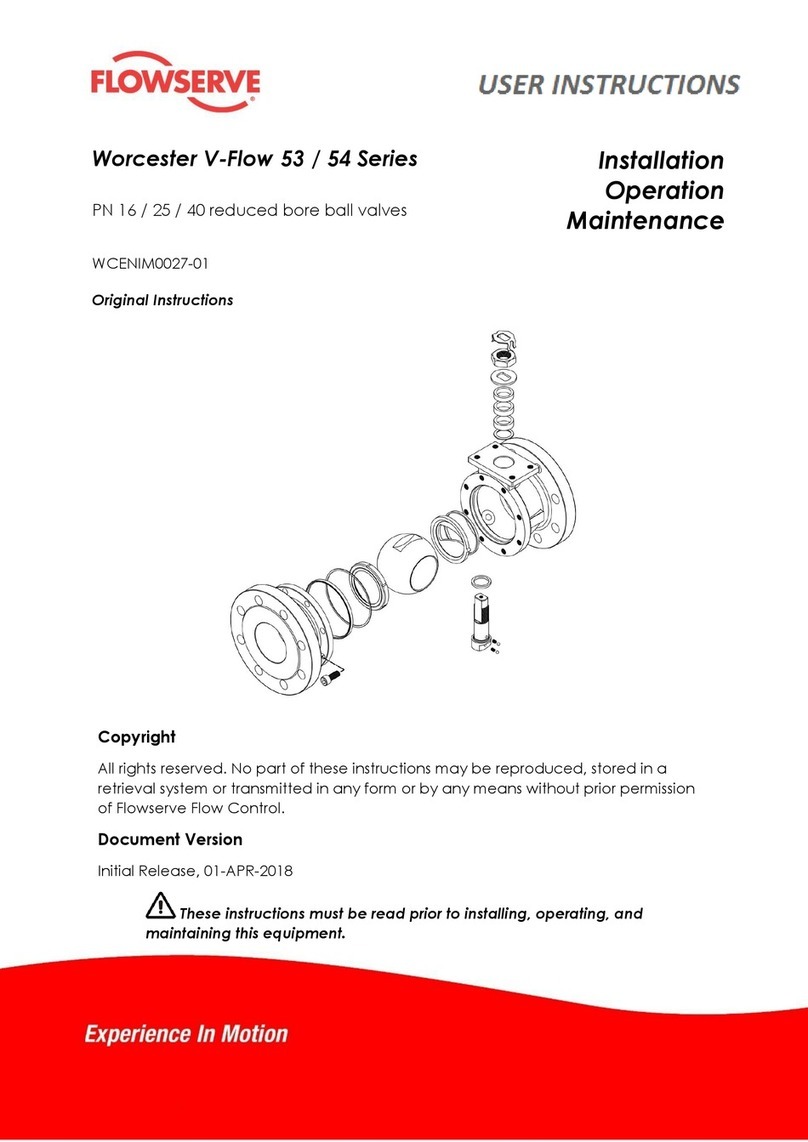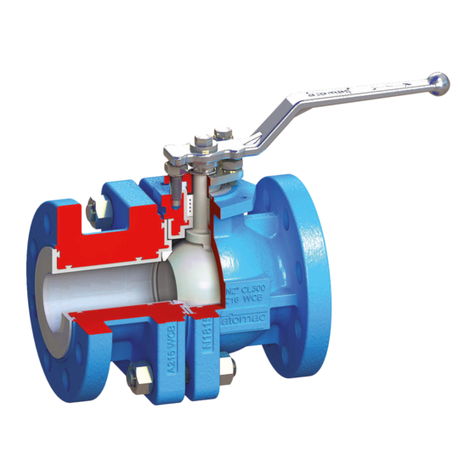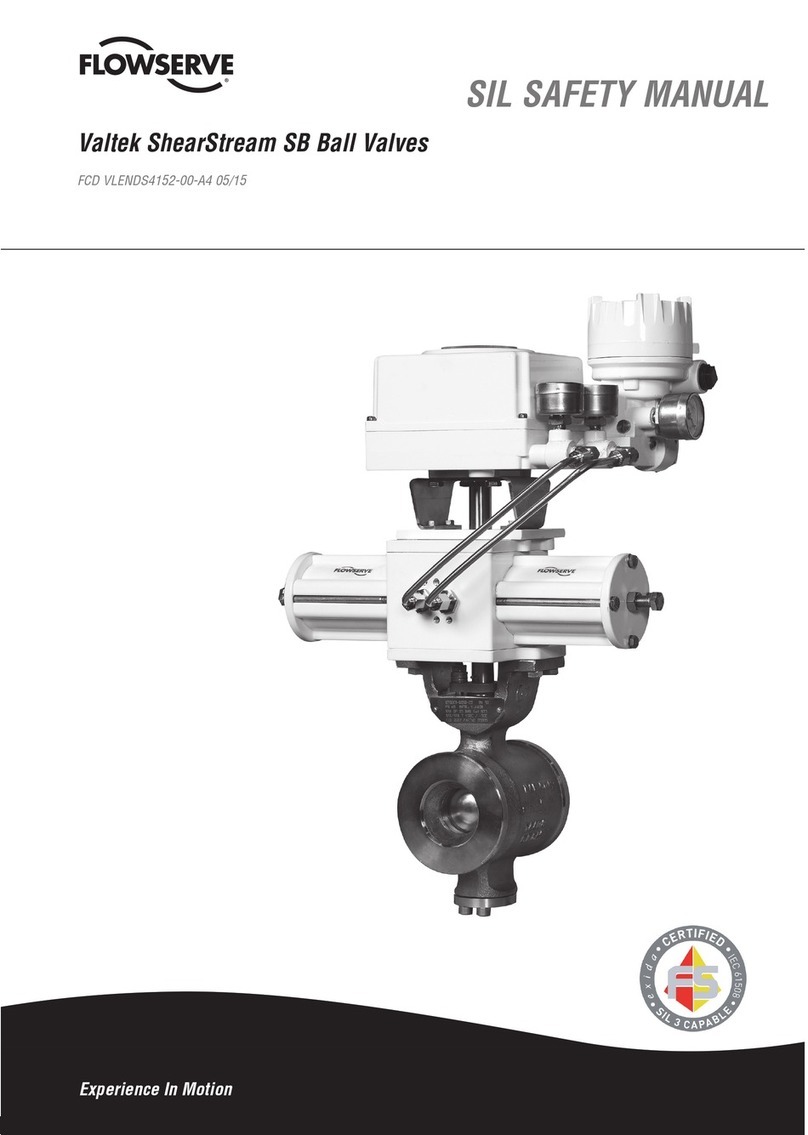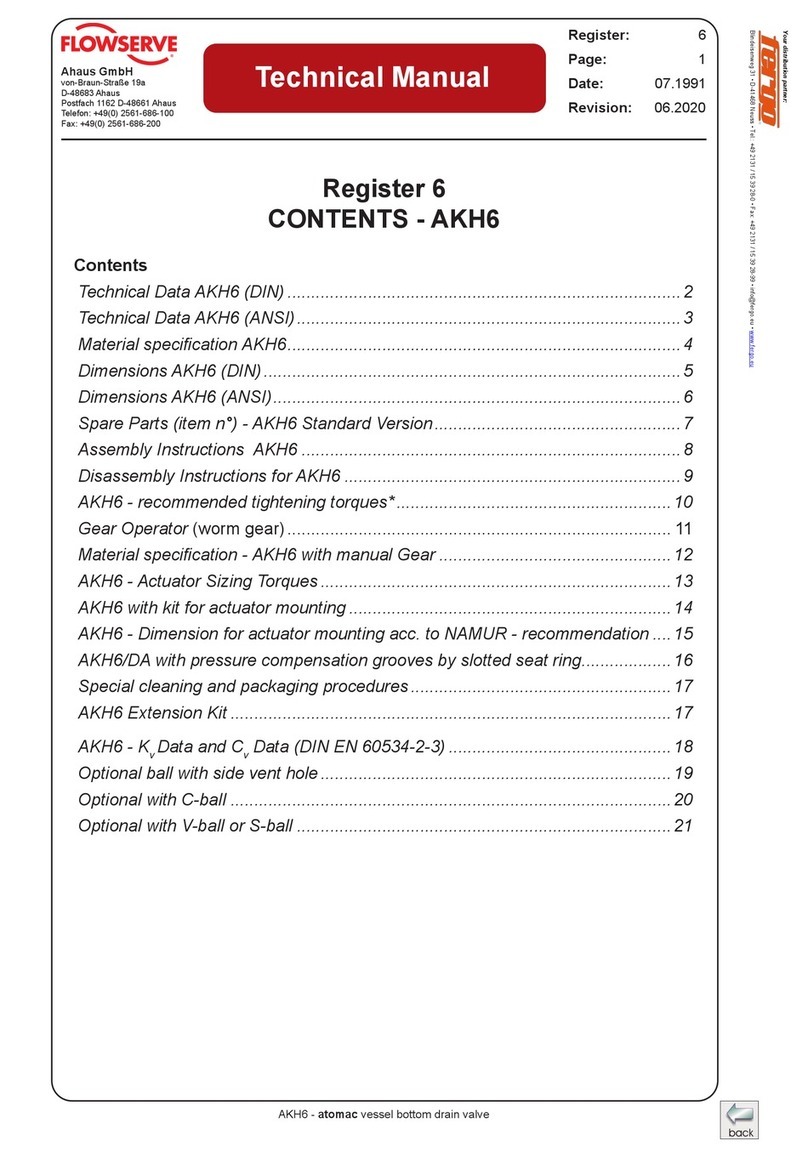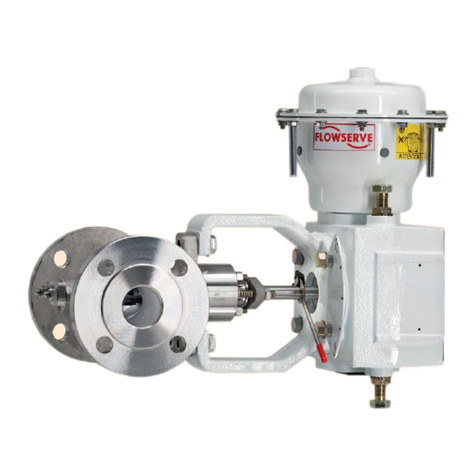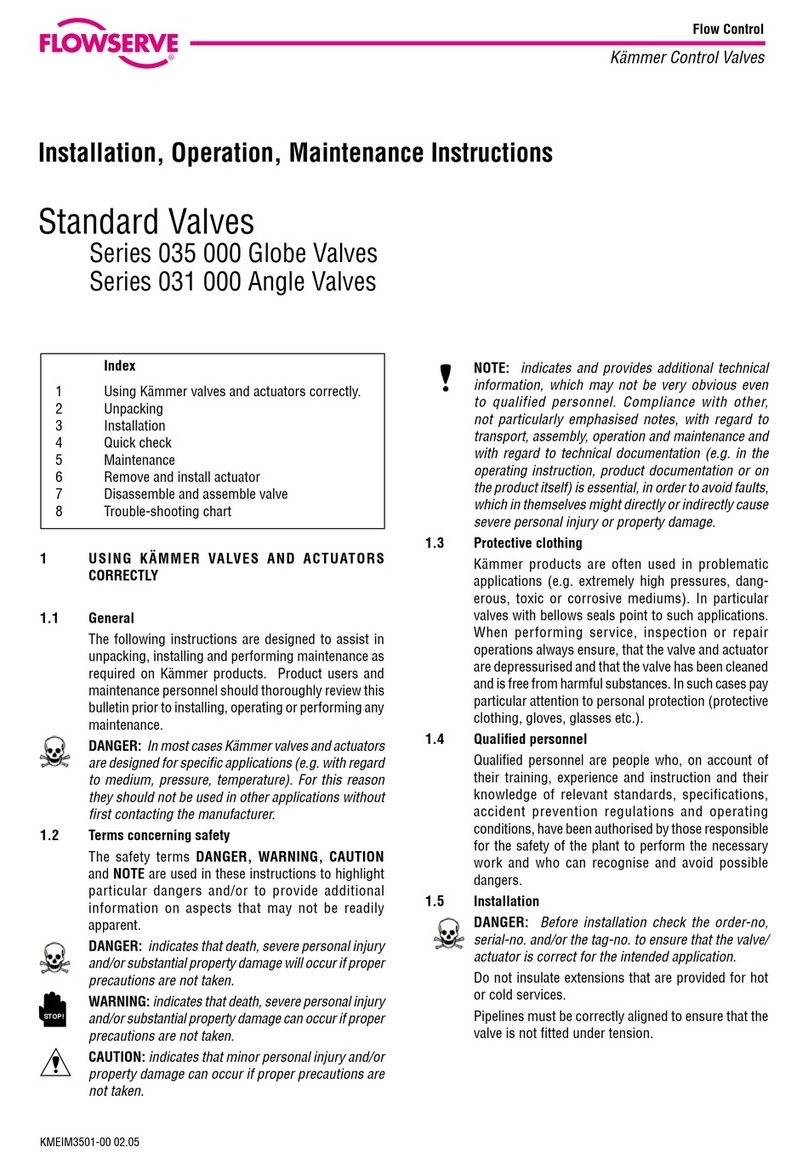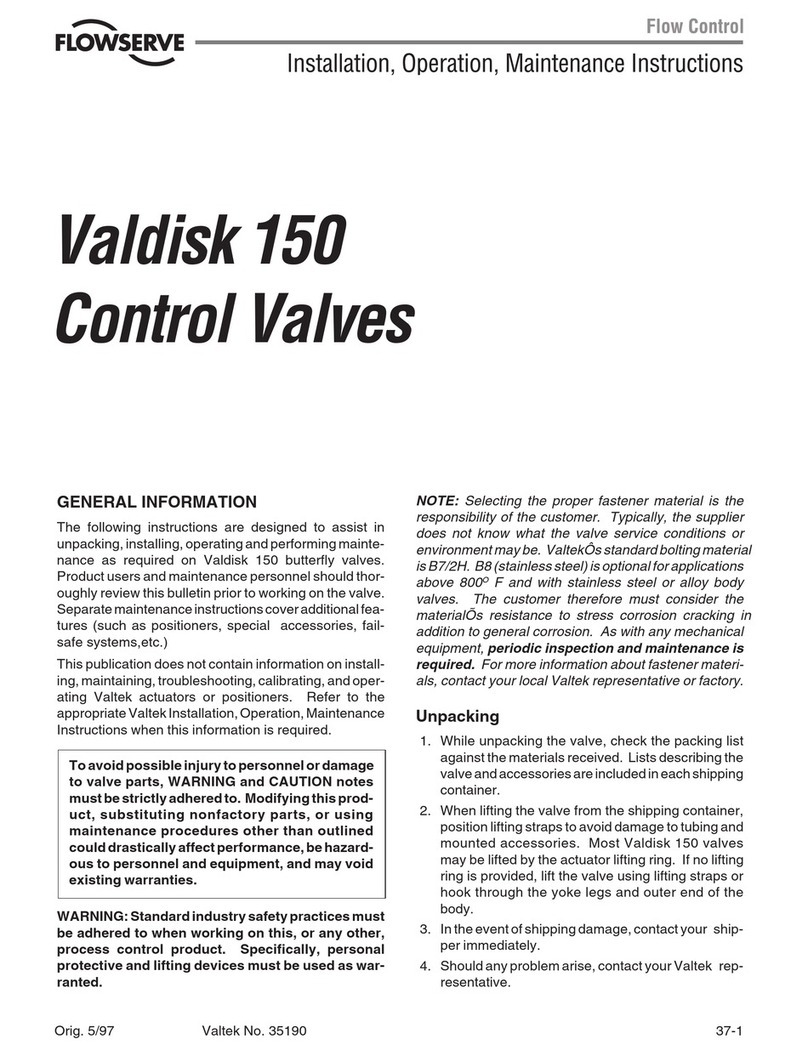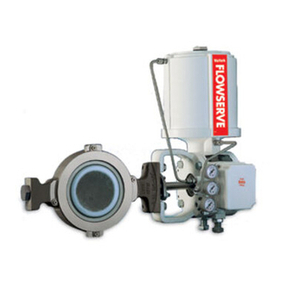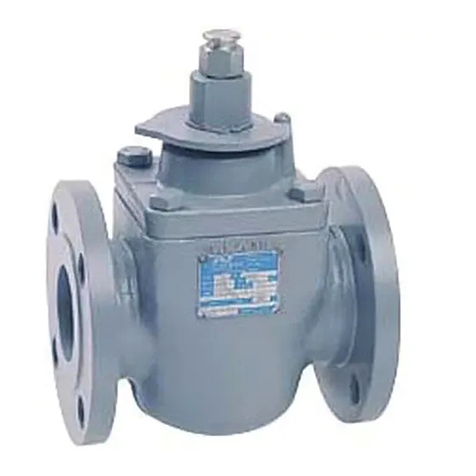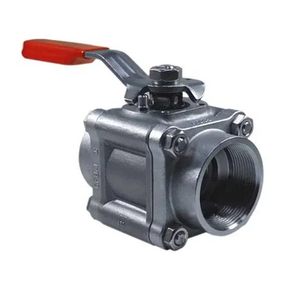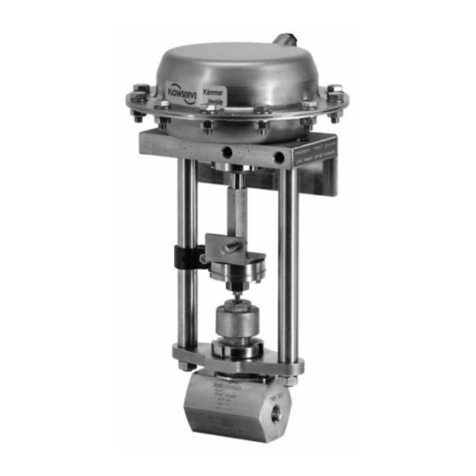
Valtek No. 10003460 15-1
Flowserve Corporation, Valtek Control Products, Tel. USA 801 489 8611
Valtek CavControl Trim
GENERAL INFORMATION
The following instructions are designed to assist in
assembling, disassembling and troubleshooting
Valtek® globe valves equipped with CavControl™ trim.
Product users should thoroughly review this bulletin in
conjunction with Installation, Operation, Maintenance
Instruction 1 (Mark One and Mark Two Control Valves)
and Installation, Operation, Maintenance Instruction 24
(Valtek Beta Positioner) before installing, operating or
performing any maintenance on the valve.
To avoid possible injury to personnel or dam-
age to valve parts, WARNING and CAUTION
notes must be strictly followed. Modifying this
product, substituting non-factory or inferior
parts, or using maintenance procedures other
than outlined could drastically affect perfor-
mance and be hazardous to personnel and
equipment.
Installation
Standard unpacking and installation instructions are
outlined in Installation, Operation, Maintenance Instruc-
tion 1. Regardless of the air-action, valves equipped
with CavControl trim must be installed in the line with the
flow direction over the plug.
CAUTION: Improper installation will result in severe
cavitation damage to the valve.
NOTE: Flowserve recommends a strainer be installed
upstream of the valve prior to start-up. This will help
prevent debris build-up and trim fouling.
DISASSEMBLY AND REASSEMBLY
Disassembling CavControl Trim
When disassembling valves with CavControl trim, refer
to either figure 1 or 2 and proceed as follows:
WARNING: Depressurize line to atmospheric pres-
sure or remove valve from line and drain all process
fluids and decontaminate the valve (if caustic or
hazardous materials are present). Failure to follow
this warning can cause serious injury.
1. Stroke the valve to the full open position by applying
air to the lower cylinder port.
2. Remove the bonnet flange bolting and lift the ac-
tuator/plug assembly out of the valve body.
CAUTION: Lift the actuator/plug assembly
straight out of the valve body to avoid damage
to the plug head, seat ring or trim. If the actuator
is not provided with a lifting ring, use lifting
straps around the yoke legs.
WARNING: With pressure-balanced trim,
danger exists in removing the actuator/plug
assembly out of the valve body, especially if
PTFE pressure seals are used on the plug. The
pressure-balanced sleeve could bind on the
plug, allowing the sleeve to be lifted out of the
body along with the actuator/plug assembly. If
the sleeve should loosen and fall, it could cause
personal injury and damage valve parts or
nearby equipment. Step 3 outlines the correct
procedure for removing the sleeve from the
plug.
